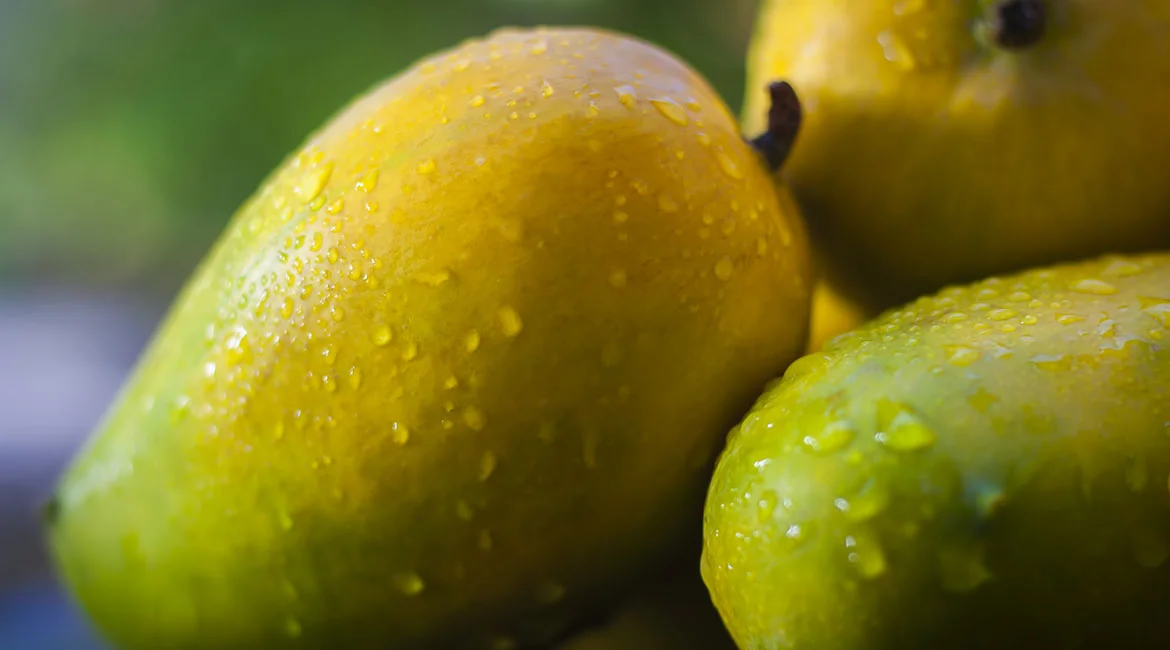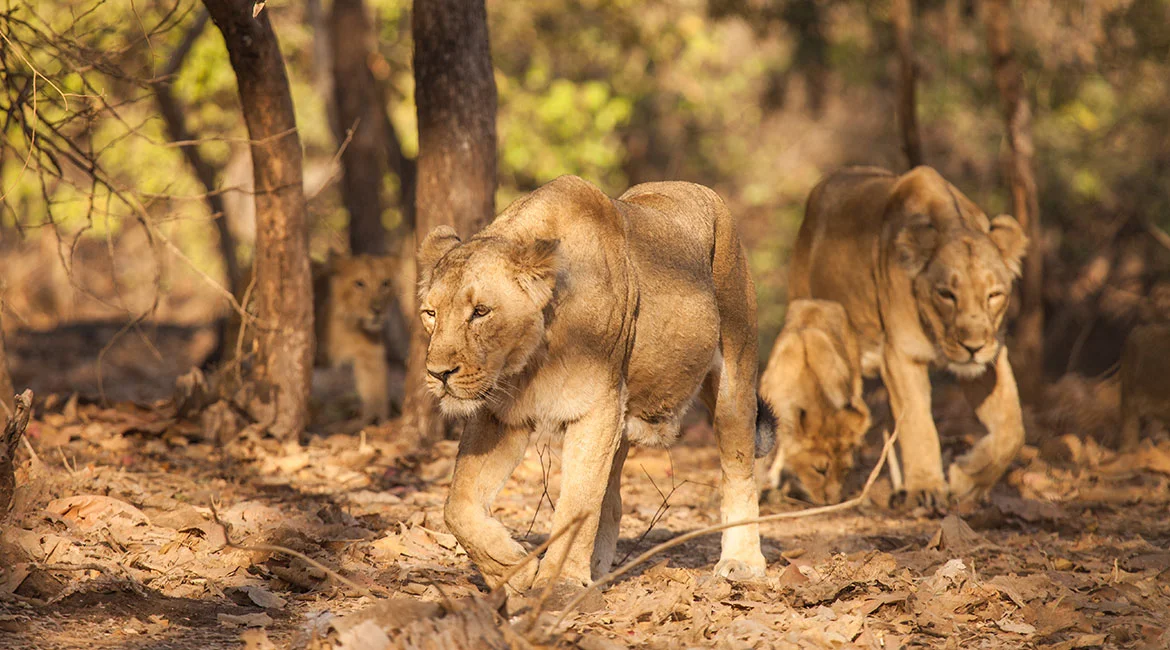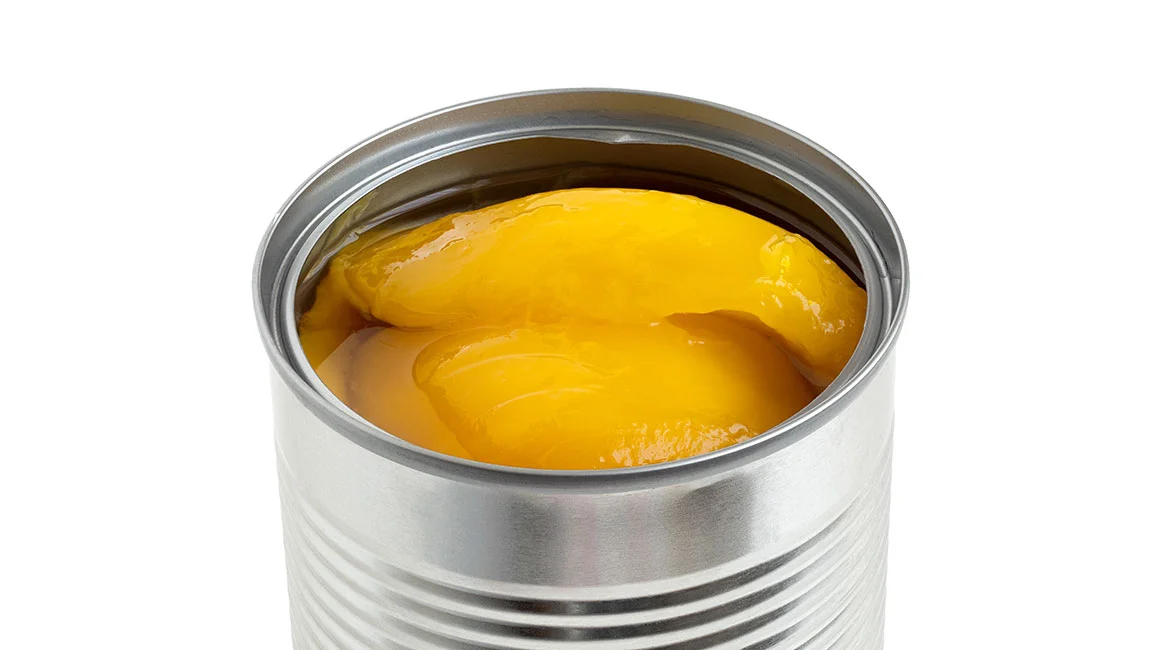There are over 1000+ varieties of mango around the world. India ranks first among the world’s mango producing countries accounting for about 50% of the world‟s Mango production other than major mango producing countries like – China, Thailand, Mexico, Pakistan, Philippines, Indonesia, Brazil, Nigeria and Egypt. The name of the mango species is Mangifera India. Mangifera India means an Indian plant bearing mangoes. Mango is the national fruit of India. Brak, leaves, skin, pulp, seed everything is used for different remedial purposes in India.
A research on the origin of the mango by the scientists of Birbal Sahni Institute of Palaeobotany, Lucknow has digged many historical facts about the mango. They have traced the origin of mango from 60 million years old fossil compressions of carbonized mango leaves in the sediments near Damalgiri, West Garo Hills, Meghalaya. The research has noted that North-East India was the centre of origin of the Mango from where it spread to South-East Asia and other parts of the world.
The cultivation of mango in India is around 4000 to 6000 old. Research says that one of the earliest travellers, Huang Tsang introduced the mango fruit outside India. Mango was moved to China by the 7th century, East Africa around the 10th century, to the Philippines and Southeast Asia around the end of the 15th century. Later it reached other parts of Africa, Brazil, Mexico and America.
Mango is not only considered a very important fruit crop of India but it is considered ‘king of fruits’. Its tree is called ‘Kalpvruksh’ meaning a tree that grants wishes. Mango is also mentioned in the ancient scriptures like Valmiki Ramayan which proves its roots in India. In ancient scriptures, it is mentioned as aamra, rasaal and choot in the Sanskrit language. The traditional system of medicine, Ayurveda considers a ripe mango as an aphrodisiac and a fruit that enhances the vitality of the body.
Mango is also an undivided part of Indian culture and religion. Hanging mango leaves outside the main door of the house is considered auspicious during the Hindu year. It is also considered as a blessing when used during the marriage as a blessing for the fruitful future of the young couple. In some cultures, it is believed that using mango leaves during the time of the marriage will bless the couple with a male child. Mango is also a symbol of status in society.
In India, Gujarat, Andhra Pradesh, Uttar Pradesh, Karnataka, Bihar, and Tamil Nadu are major mango-growing states. Mango is used in both raw and ripe forms in India. Raw mangoes are used in pickles, raw mango drink, dried and spiced snacks, chutney, juices etc. Ripe mangoes are used in jams, jellies, homemade and packaged juices, squashes, syrup, bakery items, sweets etc. This summer fruit is the most awaited fruit of Indians. Just the colour and aroma of a raw mango sprinkled with salt and chilli powder waters the mouth of a mango lover.
Fresh mangoes, pulp and aseptic juices are the main exports from India to countries like the USA, Middle East and European countries. The main export varieties of export mangoes are Kesar, Alphonso and Dasehri. Rajapuri, Totapuri, Langra, Neelum, Badam, Jamadar and Vanraj are other mango varieties available in Gujarat during the season. Gir Kesar Mangoes are the most famous mangoes of Gujarat owing to its sweet taste, aroma and the saffron colour of the pulp. Compared to Alphonso mango, the fruit of the Kesar mango is smaller in size but both the varieties are lusciously delicious. In fact, Kesar mango is called the queen of mangoes in Gujarat. Kesar mango also has a strong aftertaste and is known for making pulp and juice in Indian households popularly called ‘Aamras’ which is eaten with puri.
Kesar mango is a heat-resistant mango and has a longer shelf life than alphonso. Gir Kesar mangoes grown in Talala, Gir is the most popular mango variety of Gujarat. Lion Foods exports the best Gir Kesar Mangoes around the world for years. We are the largest growers and exporters of both hybrid and organic Gir Kesar mangoes as fresh fruits, pulp, aseptic and canned foods.
Fun facts about mangoes
- Mangoes relate to the family of pistachios and cashews
- Mangoes are high in vitamin C but as the fruit ripens vitamin A increases in the fruit
- Mango is a national fruit of 3 countries – India, Pakistan and Philippines
- Mangoes or Mangos, both plural forms are correct for mango
- One of the mango varieties called Langda is named after a lame farmer who cultivated the same variety. Langda in Hindi means lame.
- The 13th-century poet Amir Khusrau called mango Naghza Tarin Mewa Hindustan, The Fairest Fruit of India.
- Mango is one of the costliest fruits of India







